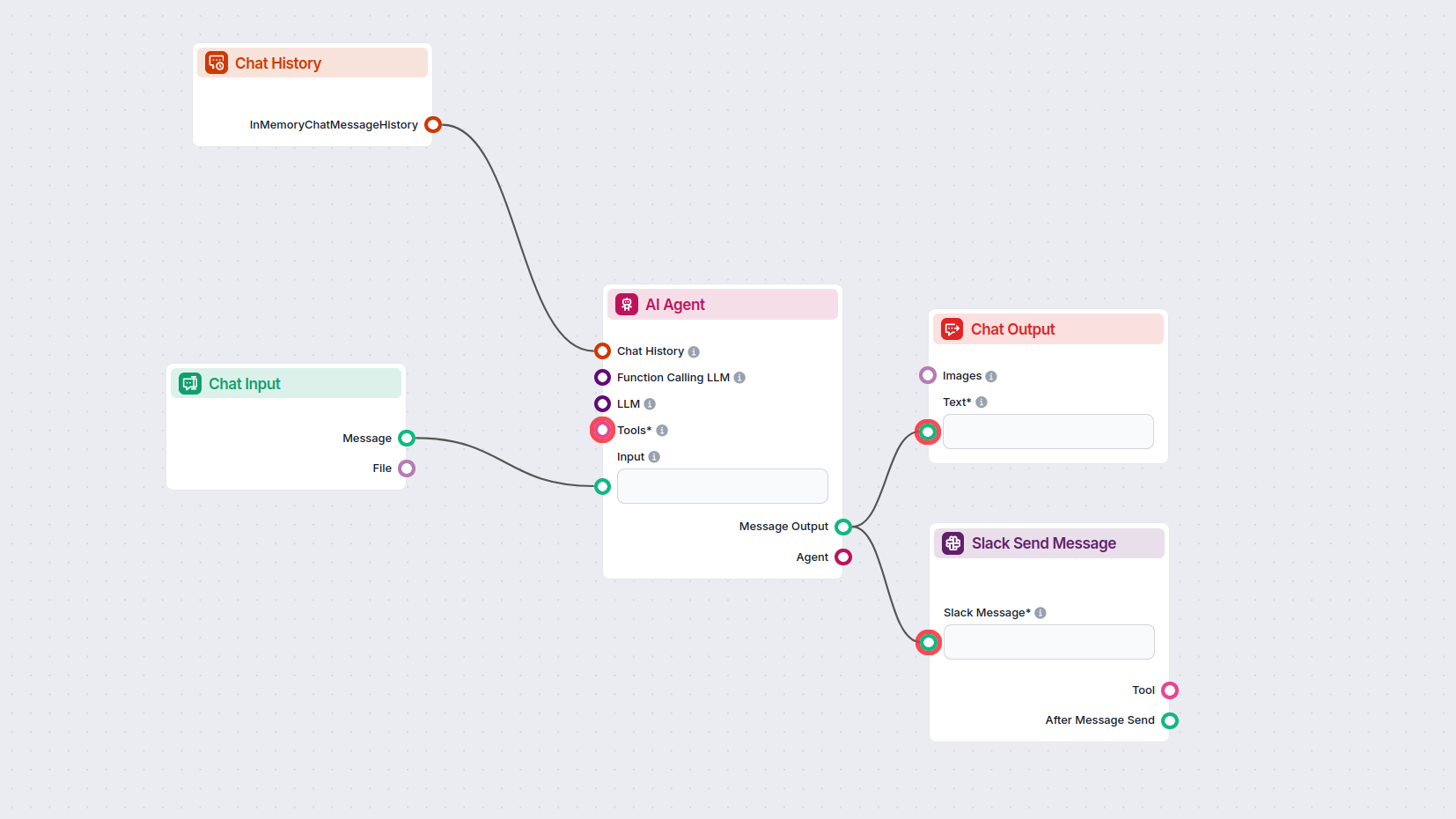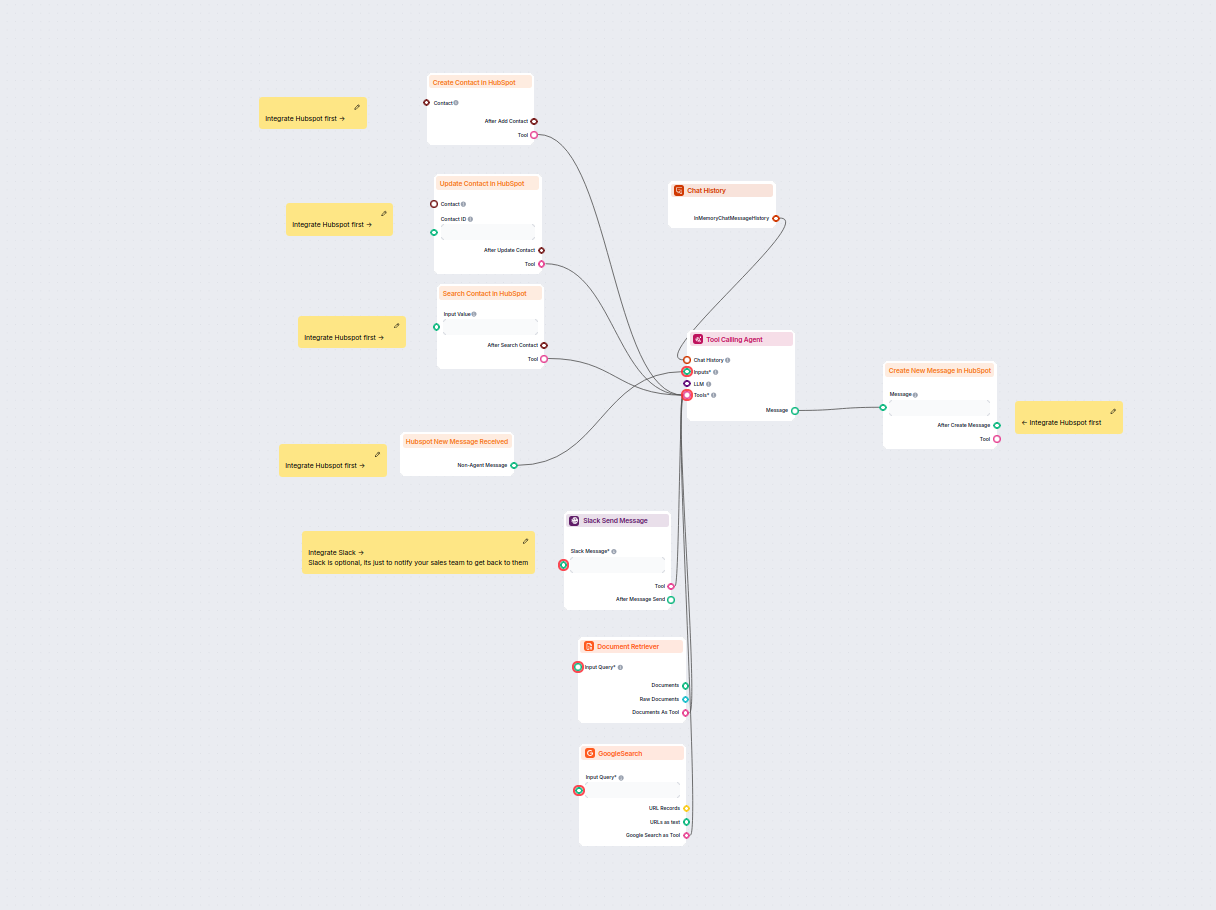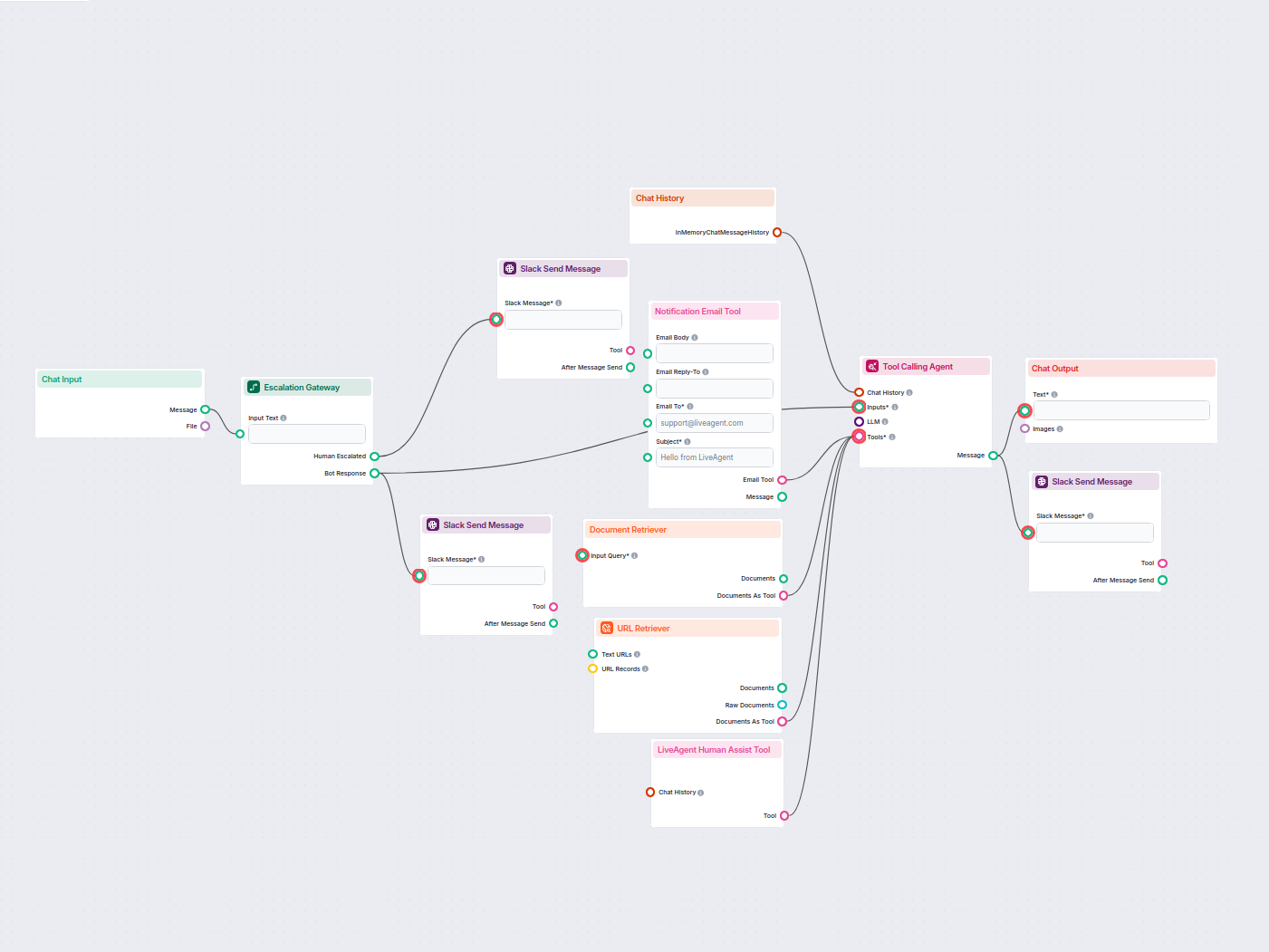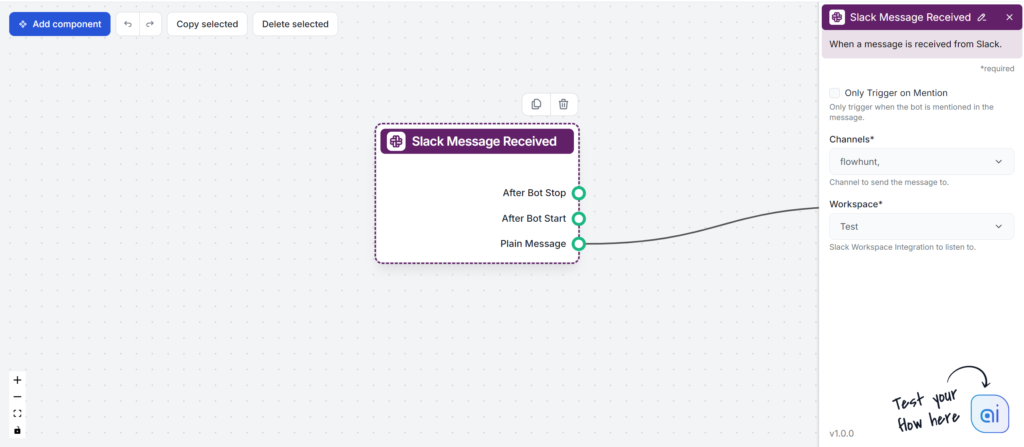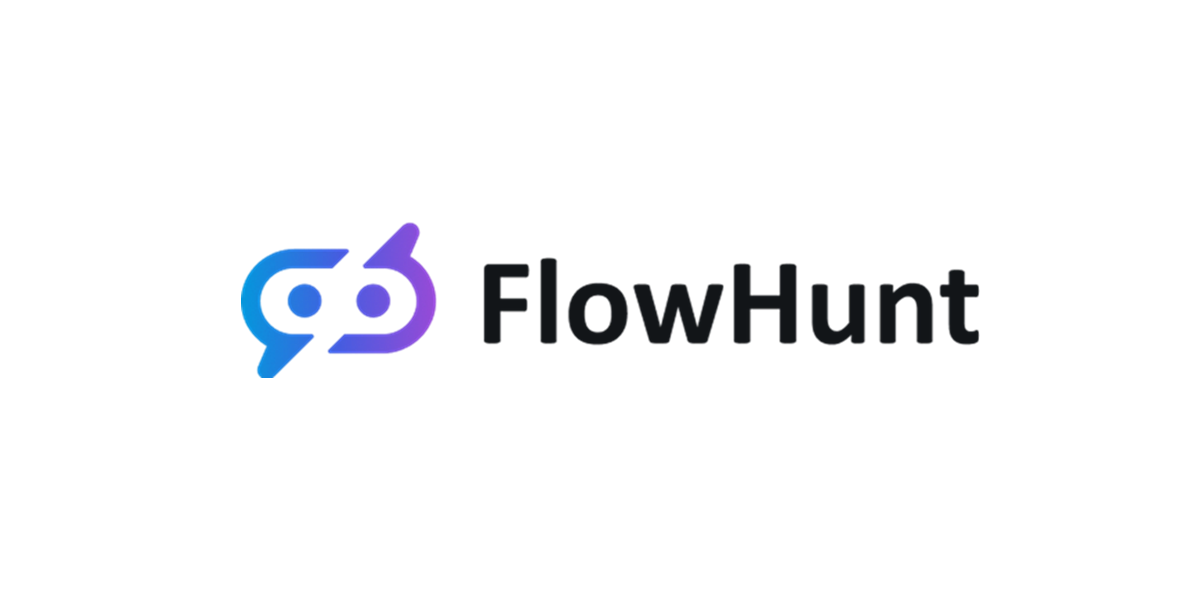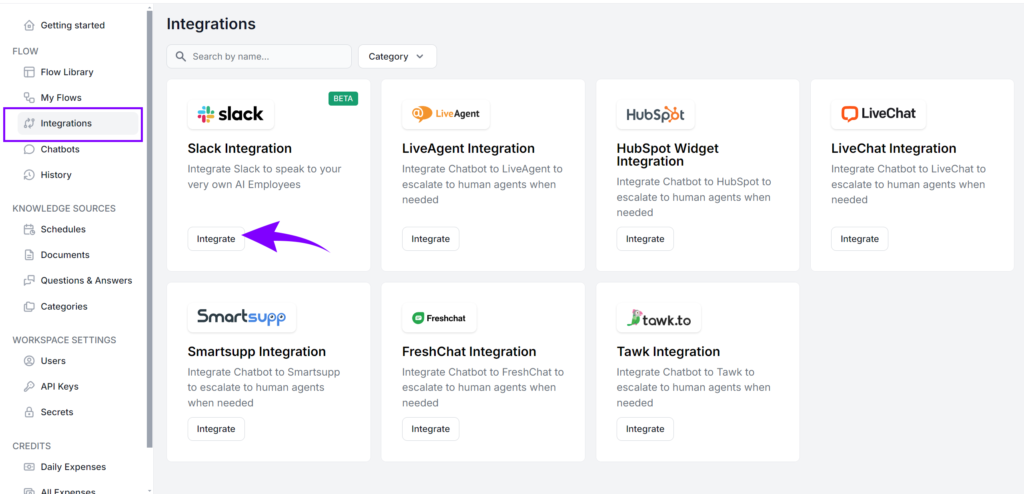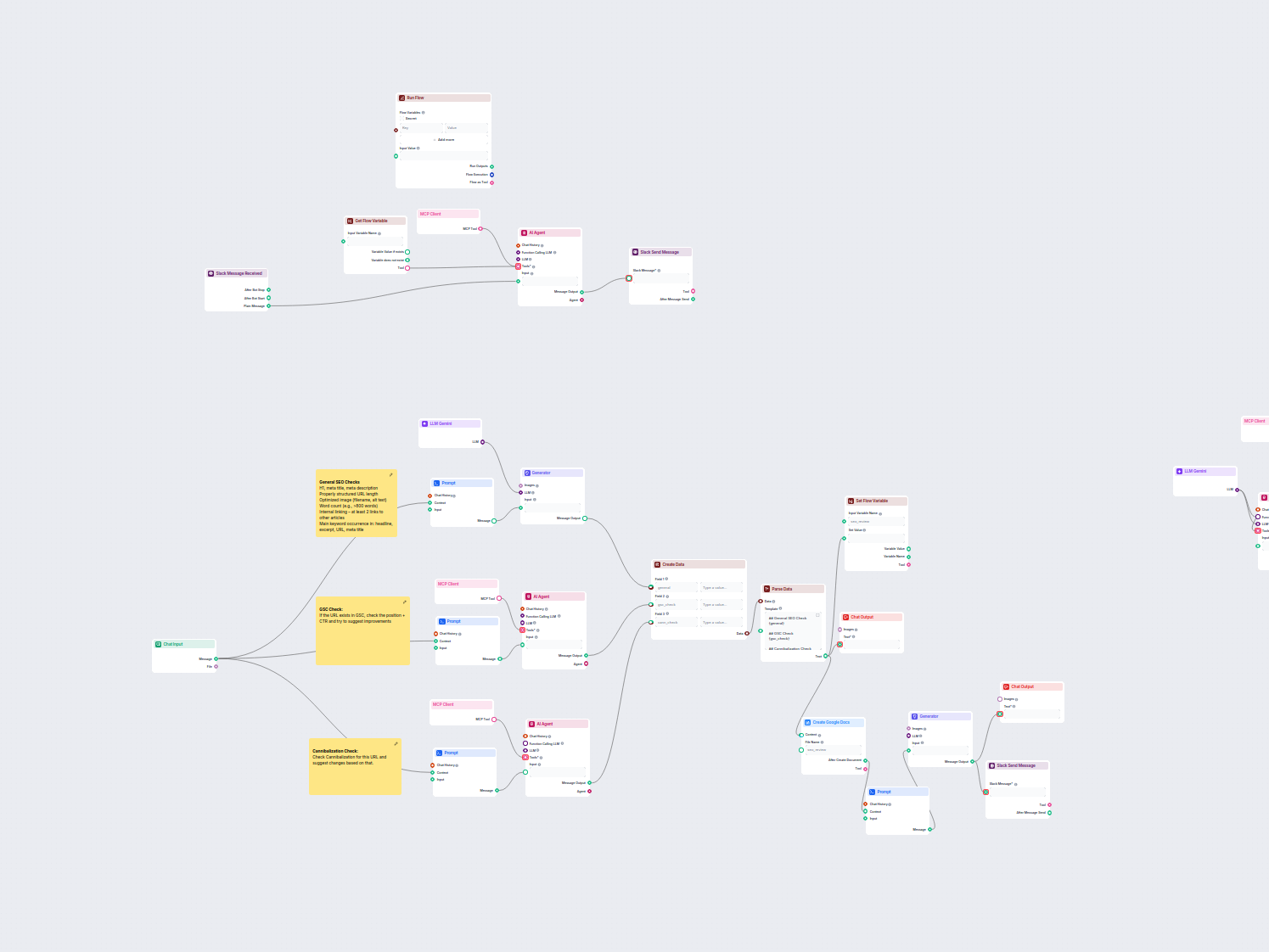
Auditoría SEO Automatizada y Flujo de Trabajo con Slack
Este flujo de trabajo automatiza el proceso de revisión y auditoría SEO para páginas web. Analiza el contenido de la página en busca de mejores prácticas de SEO...
Descripción del componente
This component represents Flowhunt’s Slack messages back to you. You can think of it as an output but for Slack instead of chat. It also lets you control where and how FlowHunt sends messages and who it notifies.
Using this component requires an active Slack Integration. If you haven’t integrated Slack yet, follow this guide.
The Slack Send Message component allows you to automatically send messages to Slack channels as part of your AI-driven workflow. This is especially useful for integrating notifications, alerts, or status updates into your processes, enabling seamless communication between your AI system and your team in Slack.
This component sends a custom message to a specified Slack channel or thread. It can be used to automate team communications, send results or summaries, or trigger alerts based on events or decisions made in your workflow. You can format the message in markdown, mention specific groups, and control message threading, giving you flexibility in how information is shared with your team.
@everyone, @channel, or @here.| Parameter | Description | Required | Example/Options |
|---|---|---|---|
| Workspace | Slack Workspace Integration to use. | Yes | Select from connected Slack workspaces |
| Channels | Channel to send the message to. | Yes | Select from available channels |
| Slack Message | The actual message text to send. | Yes | Any message text |
| Format as Markdown | If true, formats the message as markdown. | No | true/false |
| Mentions | Mentions to include in the message. | No | None, @everyone, @channel, @here |
| Follow Up on Thread | If true, sends the message as a reply to an existing thread. | No | true/false |
| Thread Timestamp | Timestamp of the thread to reply to (used if replying in a thread). | No | Slack thread timestamp string |
| Tool Name | Internal reference name for this tool (used by AI agents). | No | Any string |
| Tool Description | Description to help agents understand how to use this tool. | No | Any string |
| Verbose | Whether to print verbose output for debugging. | No | true/false |
| Name | Type | Description |
|---|---|---|
| Tool | Tool | A tool object representing the configured Slack sender. |
| After Message Send | Message | The output after sending the message to Slack. |
Integrating Slack messaging into your AI workflow bridges the gap between automated processes and human communication. It ensures your team is always informed, reduces manual messaging tasks, and can trigger faster responses to events detected by your AI system.
By using this component, you can keep your team in the loop effortlessly and make your AI workflows more interactive and responsive.
Format as Markdown:
If checked, the messages are formatted in Markdown. If unchecked, the messages have no formatting.
Follow Up on Thread:
Ensures FlowHunt answers within a message thread instead of new channel messages.
Thread Timestamp:
Allows you to limit all FlowHunt responses to a single thread.
Mentions:
FlowHunt will need to call on you from time to time. For example, when a chatbot user requests to be transferred to a human. FlowHunt will then get your attention by using the mention you’ve selected.
@everyone will notify everyone in the workspace@channel will notify people who are members of the channel the Flow is active in@here will only notify the channel members who are currently onlineChannel:
Pick the channels to which you want to add FlowHunt.
Workspace:
Pick the workspace to which you want to add FlowHunt.
Picking the workspace and channels in necessary for the Flow to work. All other settings are optional.
Para ayudarle a comenzar rápidamente, hemos preparado varios ejemplos de plantillas de flujo que demuestran cómo utilizar el componente Enviar mensaje de Slack de manera efectiva. Estas plantillas muestran diferentes casos de uso y mejores prácticas, facilitando la comprensión e implementación del componente en sus propios proyectos.
Este flujo de trabajo automatiza el proceso de revisión y auditoría SEO para páginas web. Analiza el contenido de la página en busca de mejores prácticas de SEO...
Este flujo de trabajo impulsado por IA automatiza la calificación de leads y la gestión de contactos en HubSpot. El chatbot recopila información del usuario, in...
Despliega un chatbot inteligente de soporte al cliente para LiveAgent que responde automáticamente las preguntas de los visitantes, recupera documentos de la ba...
El componente Enviar mensaje de Slack te permite controlar cómo, dónde y a quién FlowHunt envía mensajes de Slack, incluyendo formato, notificaciones, canales y espacios de trabajo.
Puedes personalizar el formato Markdown, las respuestas en hilos, las menciones, los canales y los espacios de trabajo para tus mensajes de Slack.
Sí, se requiere una integración activa de Slack para usar el componente Enviar mensaje de Slack en FlowHunt.
FlowHunt puede mencionar a @everyone, @channel o @here, permitiéndote elegir quién recibe notificaciones para mensajes o solicitudes importantes.
Comienza a crear tus propias soluciones de IA y automatiza los mensajes de Slack con las potentes funciones de FlowHunt.
Este componente representa el inicio de una conversación de Slack con FlowHunt. Te permite controlar cuándo, dónde y cómo se activan las respuestas de Flo en Sl...
FlowHunt 2.6.12 introduce la integración con Slack, la clasificación de intenciones y el modelo Gemini, mejorando la funcionalidad del chatbot de IA, la compren...
La integración de Slack de FlowHunt permite una colaboración con IA sin interrupciones directamente en tu espacio de trabajo de Slack. Lleva cualquier Flow a Sl...
Consentimiento de Cookies
Usamos cookies para mejorar tu experiencia de navegación y analizar nuestro tráfico. See our privacy policy.
